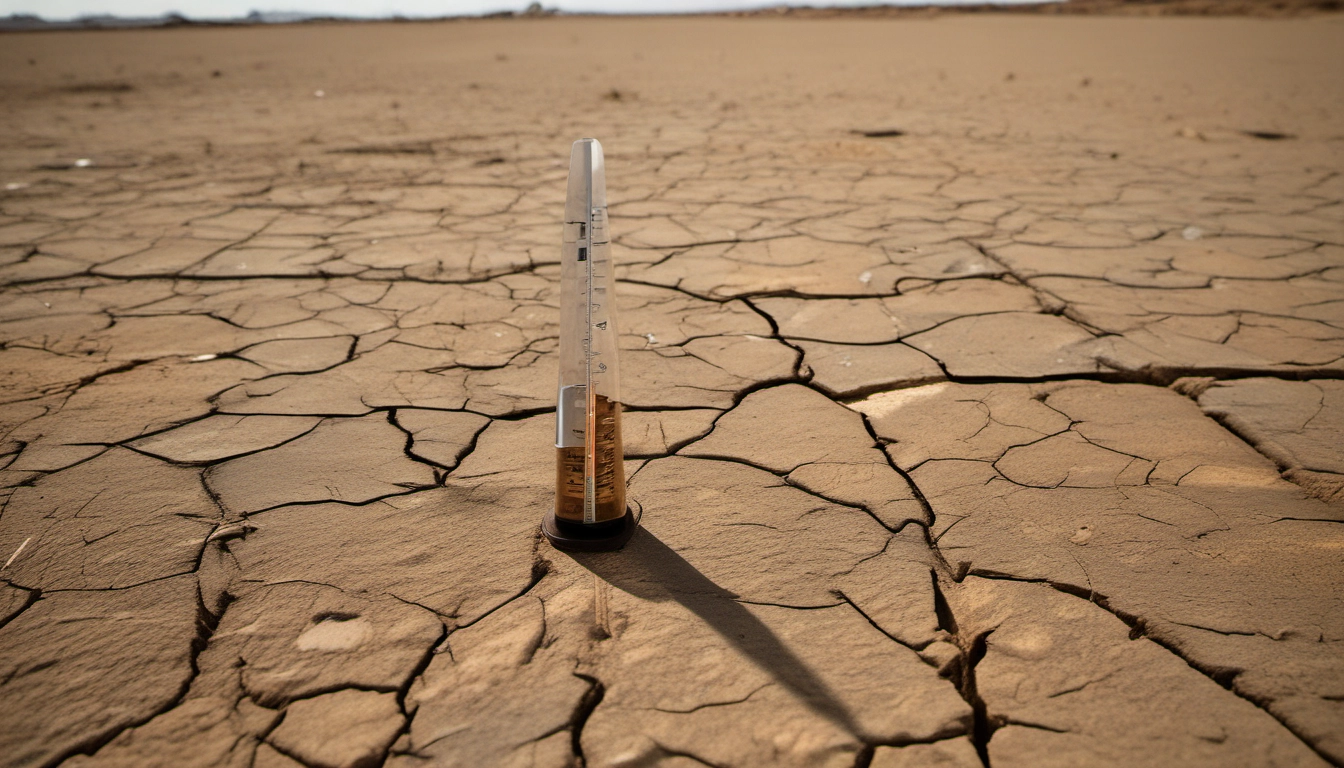Planetary Health Diet: A Complete Guide
Learn the Planetary Health Diet: a simple, plant-forward plan to improve your health and cut food-related emissions. Includes a starter kit to begin today.

Quick answer
The Planetary Health Diet is a plant-forward eating plan created by the EAT-Lancet Commission. It shows how to eat to protect your health and the planet. It is flexible, science-based, and built to lower disease risk and cut food-related emissions.
Download the starter kit for a 7-day meal plan, grocery list, and plate guide to begin this week.
What is the Planetary Health Diet?
The Planetary Health Diet (PHD) is a guide that mixes good nutrition and sustainability. It is sometimes called a flexitarian diet. That means it is mostly plants but can include small amounts of meat, fish, and dairy. The rules are simple: more vegetables, fruits, whole grains, legumes, nuts, and unsaturated oils. Much less red meat, sugar, and processed foods. Learn more from the EAT-Lancet brief.
Why it matters
- Health: Studies link PHD-style diets to lower risk of heart disease, cancer, and type 2 diabetes. See research summaries from Harvard and recent reviews in The Lancet.
- Planet: Food systems cause a large share of greenhouse gases. Shifting diets can cut emissions and use less land and water. The 2025 EAT-Lancet updates and reporting by CNN explain the global impact.
- Scalable: The PHD was designed to work worldwide as part of sustainable food policies and healthier food systems.
Key foods: what to eat and what to limit
Below is a simple list modeled on the PHD. Think of daily amounts as flexible ranges rather than strict rules.
| Eat more | Limit or avoid |
|---|---|
| Vegetables and fruit (lots), whole grains, legumes (beans, lentils), nuts and seeds, unsaturated oils (olive, canola) | Red meat, processed meat, sugary drinks, refined grains, excess saturated fat |
| Small amounts of fish and poultry, low-to-moderate dairy | High intake of ultra-processed foods and added sugar |
Planetary diet food list (quick grocery)
- Vegetables: leafy greens, carrots, tomatoes
- Fruits: apples, berries, bananas
- Whole grains: brown rice, oats, whole-wheat pasta
- Legumes: beans, chickpeas, lentils
- Nuts & seeds: almonds, walnuts, chia
- Oils: olive oil, canola oil
- Protein: small portions of fish, chicken, eggs, and dairy if desired
How to start: 7 simple steps
- Swap one meat meal per week for a plant-based meal. Try beans and rice or lentil stew.
- Make half your plate vegetables and fruit at each meal. This is the easiest plate-builder rule.
- Choose whole grains instead of refined grains. Try oats, brown rice, or whole-wheat bread.
- Add legumes 2–4 times per week. They are cheap and nutritional powerhouses.
- Snack on nuts and fruit instead of chips or sweets.
- Cut sugary drinks and replace with water or unsweetened tea.
- Buy local, seasonal produce when you can to lower food miles and support farmers.
Soil fact: Healthy soil stores 3x more carbon than degraded farmland—that's like planting forests underground. When you choose regeneratively-grown food, you're investing in climate solutions with every meal.
Sample 3-day meal plan (quick example)
Full 7-day plans and a printable grocery list are in the starter kit linked above.
- Day 1: Breakfast—oatmeal with banana and walnuts. Lunch—bean salad with mixed greens. Dinner—stir-fried vegetables with brown rice.
- Day 2: Breakfast—yogurt with berries and seeds. Lunch—whole-wheat pita with hummus and roasted veggies. Dinner—lentil bolognese with whole-grain pasta.
- Day 3: Breakfast—smoothie with spinach, fruit, and protein powder. Lunch—quinoa salad with chickpeas. Dinner—grilled fish (small portion), large salad, and roasted sweet potato.
Tips for different needs
On a budget
- Buy dried beans and lentils in bulk. They are cheap and high in protein.
- Choose seasonal produce and frozen vegetables for lower cost and less waste.
For athletes
- Increase whole grains and legumes for extra carbs and protein.
- Use nuts, seeds, and dairy or plant-based protein to meet higher calorie needs.
For families and cultural diets
- Adapt recipes you already love by swapping half the meat with beans or mushrooms.
- Use spices and cultural staples to keep familiar flavors while shifting the balance toward plants.
Evidence and benefits
Research finds PHD-style diets are linked to lower mortality and lower environmental impact. See reports from Harvard, reviews in The Lancet, and coverage of the 2025 commission in CNN. Plant-forward diets often mirror the Mediterranean pattern and show similar health and sustainability benefits.
Common questions
Is it vegetarian or vegan?
No. It is flexitarian. You can include small amounts of animal foods.
Will I miss protein?
No. Legumes, nuts, seeds, dairy, eggs, fish, and modest meat portions provide enough protein when the diet is balanced.
Does it really help the climate?
Yes. Shifting population diets, reducing food loss, and improving farming practices can cut emissions and reduce land use. The EAT-Lancet work explains the global potential. See the full report and news coverage by ABC News and CNN.
Next steps and starter kit
Ready to begin? Download the free Planetary Health Diet Starter Kit for a full 7-day meal plan, a printable grocery list, and a plate infographic. Use it to start this week.
If you work in health, policy, or food service, the EAT-Lancet commission also provides briefs for different audiences at the link above to help scale sustainable food systems.


